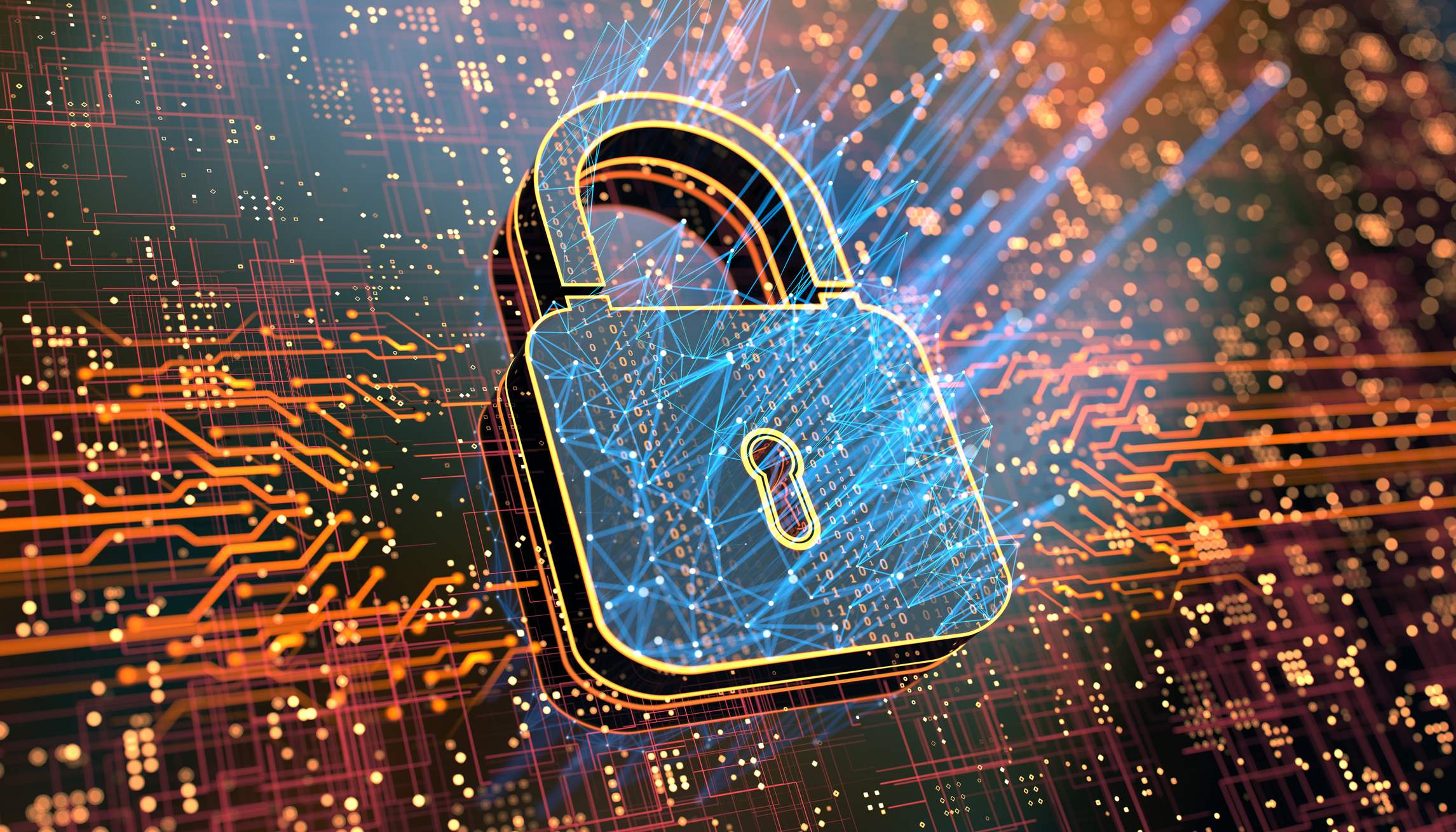Sydney: 02 8272 4000 | Support: 1300 887 664
Specialists in SASE and Secure Modern Working
What are the benefits of Secure Access Service Edge for your business?
Posted on: August 19, 2021 | 2 minutes read

As employees are no longer connected to a corporate network while they are working remotely many now rely on a conventional hardware devices. Too many organisations have no choice but to put their ‘faith’ in these untrusted devices in return for flexibility and adaptability to allow the business to still operate with these hybrid working models.
The global pandemic has resulted in the following changes to the way businesses work:
- Corporate data has moved to the cloud
- Large numbers of employees are now working remotely in Australia and across the globe
- Digital transformation initiatives require IT organisations to be nimble to capitalise on new business opportunities.
All of these changes have prompted organisations to review their existing collection of standalone point products such as firewalls, secure web gateway, data loss prevention (DLP), and cloud access security brokers (CASB).
This review has allowed security and IT executives to understand that these products are no longer applicable in today’s cloud-first world.
So this is where the Secure Access Service Edge (SASE) framework comes into play.
But why is SASE more than just a buzzword? Pronounced as ‘sassy’ - SASE is a cloud-based architecture that delivers network and security services to protect users, applications, and data.
SASE does this by converging networking and network security into a single, cloud-delivered offering to support the needs of digital business transformation, edge computing, and workforce mobility.
As explained by Kumar Ramachandra, SVP Products, Palo Alto Networks, “The sweet spot for a SASE customer is that the more distributed a multinational organisation is, the more complex they tend to be. SASE alleviates network and security complexity without being focused on a particular geography, country, or metro area”.
As stated by Lawrence Orans, Vice President Analyst at Gartner, “SASE offers security and network professionals the opportunity to completely rethink and redesign network architectures over the next decade”. Rightfully so as a recent report published by Gartner expected that at ‘least 60% of enterprises will have explicit strategies and timelines for SASE adoption, encompassing user, branch and edge access’ by 2025, a significant increase from the 10% in 2020.
The increase in SASE adoption is due to the ever-growing following of today’s remote workforce coupled with the possibilities to redesign network architectures free from geographical constraints.
The Benefits of SASE include:
- Flexibility - Allows for direct-to-net or direct-to-cloud access from anywhere for easy adoption of new digital business models.
- Cost savings - Eliminates CapEx for on-premises infrastructure and provides lower, predictable OpEx due to its Security-as-a-Service model.
- Reduced complexity - Consolidated services into a cloud-delivered model eliminates complex stack of legacy point solutions and simplifies operational effort.
- Increased performance - Enhances and accelerates access to internet resources via a global network infrastructure optimized for low-latency, high-capacity, and high-availability.
- Zero trust network access - Provides secure, contextual access to private apps in public/private clouds.
- Threat protection - Stops cloud and web attacks such as cloud phishing, malware, ransomware, and malicious insiders.
- Data protection - Protects data everywhere it goes, inside and outside of the organization, including within public clouds as well as between company and person instances of cloud apps.
Find out more about SASE here or if you would like to discuss a SASE framework to secure your data and remote workers speak with Enablis’ team of security experts to work out a solution that is right for your business.
Subscribe to the Blog
Be first with all the latest news, insights and reports.


Ask the Author